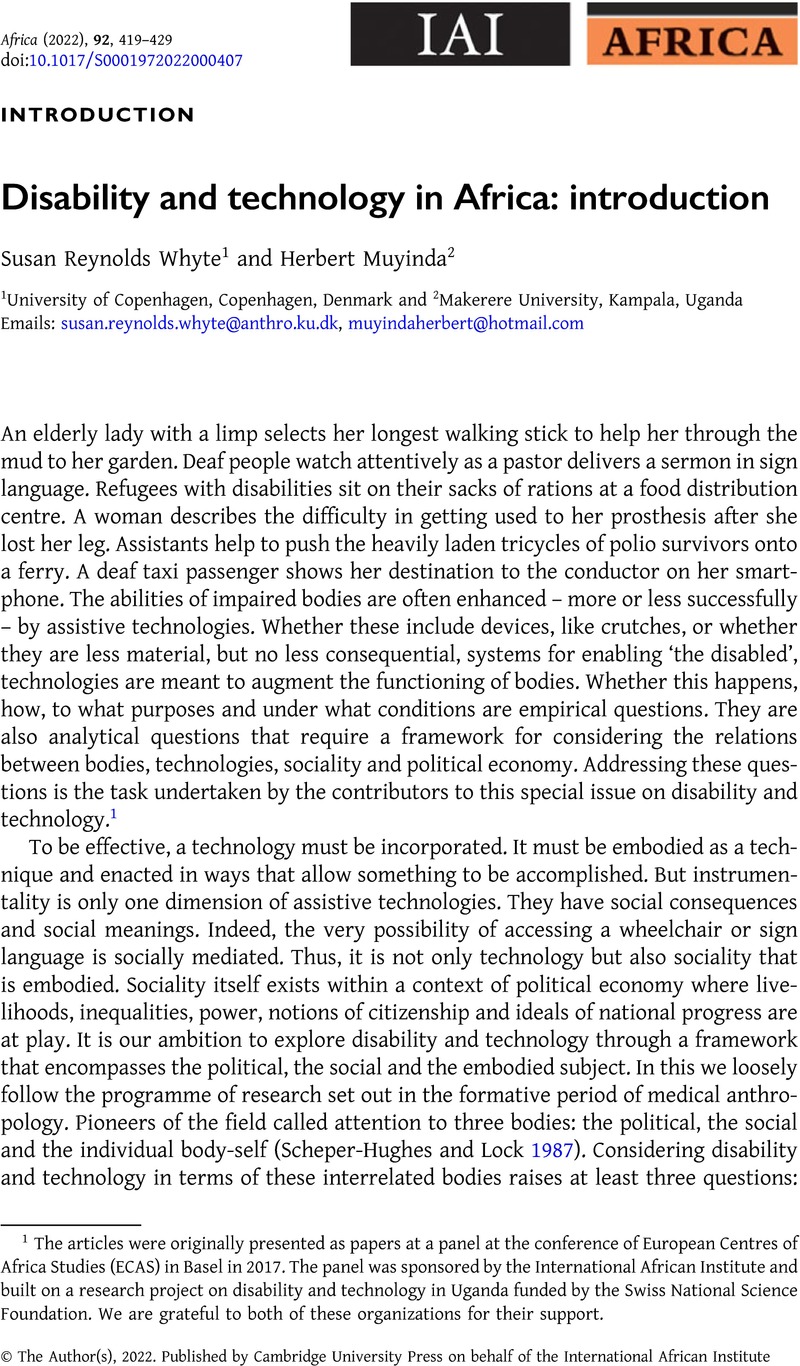Crossref Citations
This article has been cited by the following publications. This list is generated based on data provided by Crossref.
Brocco, Giorgio
2024.
Theories and practices of disability from the Global South: a critical anthropological perspective.
Frontiers in Health Services,
Vol. 4,
Issue. ,




